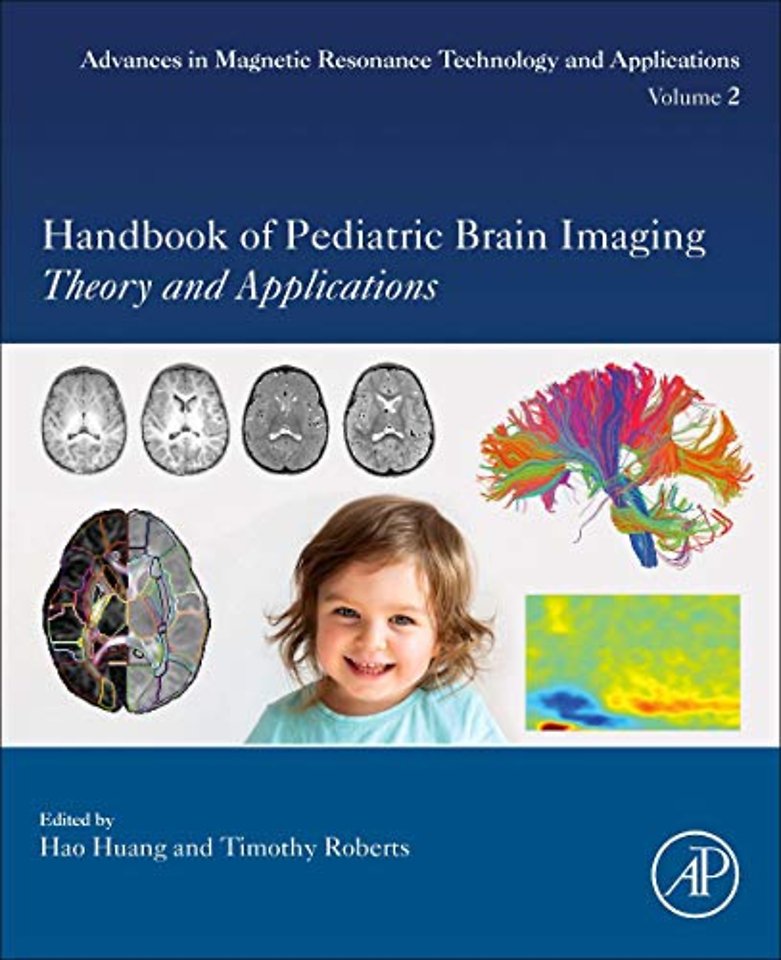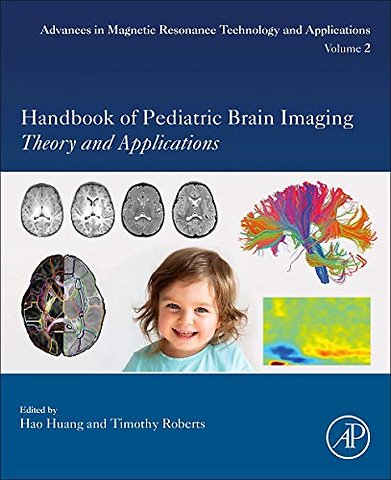<p>Section 1 Methods<br>1. Special considerations for acquisition of pediatric MRI of high spatial and temporal resolution<br>2. Frontiers of microstructural imaging with diffusion MRI<br>3. Advanced tractography and structural connectome<br>4. Functional connectome from rs-fMRI<br>5. Advanced pCASL pediatric perfusion MRI<br>6. Advanced fetal MRI<br>7. Special MRI (MWF, QMS, etc) sensitive to age<br>8. Multi-modal (diffusion, MRI rs-fMRI, MWF, QMS) sensitive to age<br>9. Pediatric MRS<br>10. Distortion and motion artifacts</p> <p>Section 2 Post-processing<br>11. Accurate age-specific brain atlas and parcellations<br>12. Segmentation with varying contrasts of pediatric MRI<br>13. Shape analysis of maturing cerebral cortex<br>14. Network and graph analysis of developing brain<br>15. Prediction of neurodevelopmental outcomes based on basic and advanced MRI measurements</p> <p>Section 3 Electrophysiology<br>16. MEG system for young children and recent progresses of infant MEG<br>17. MEG insights into brain development<br>18. MEG studies of children<br>19. The state-of-the-art pediatric EEG and MRI-compatible EEG</p> <p>Section 4 Imaging Development and Disorders Thereof<br>20. Early brain structural a functional development (fetal, perinatal, infant)<br>21. Neuroimaging of early developing brain in health and disease <br>22. Neuroimaging of perinatal brain disorders<br>23. Current status of neuroimaging of pediatric neurological disorders (e.g. HIE, epilepsy, multiple sclerosis, brain tumor, stroke)<br>24. Conclusion: Leveraging multi-modal neuroimaging for pediatric neurological and psychiatric disorders</p>

